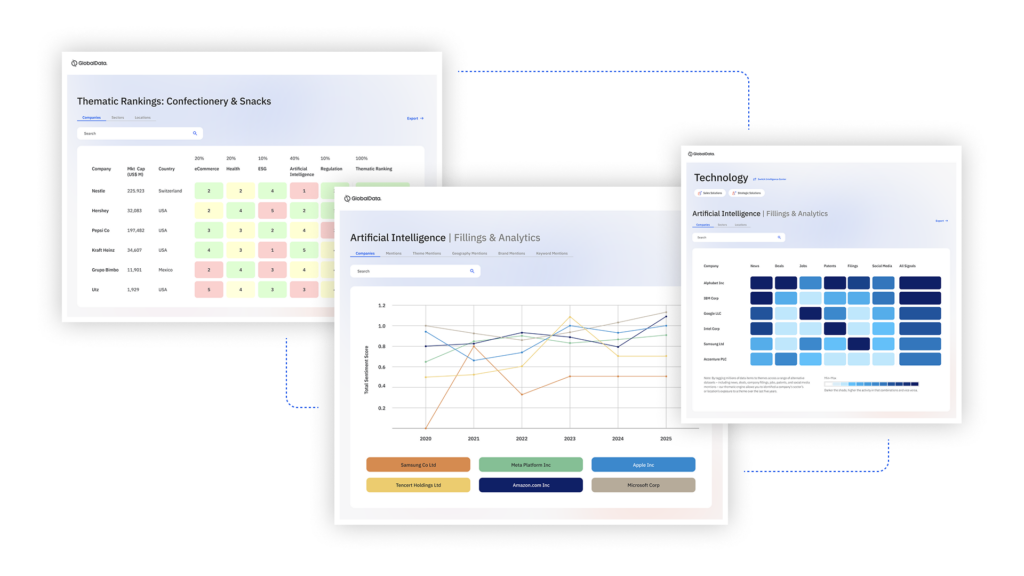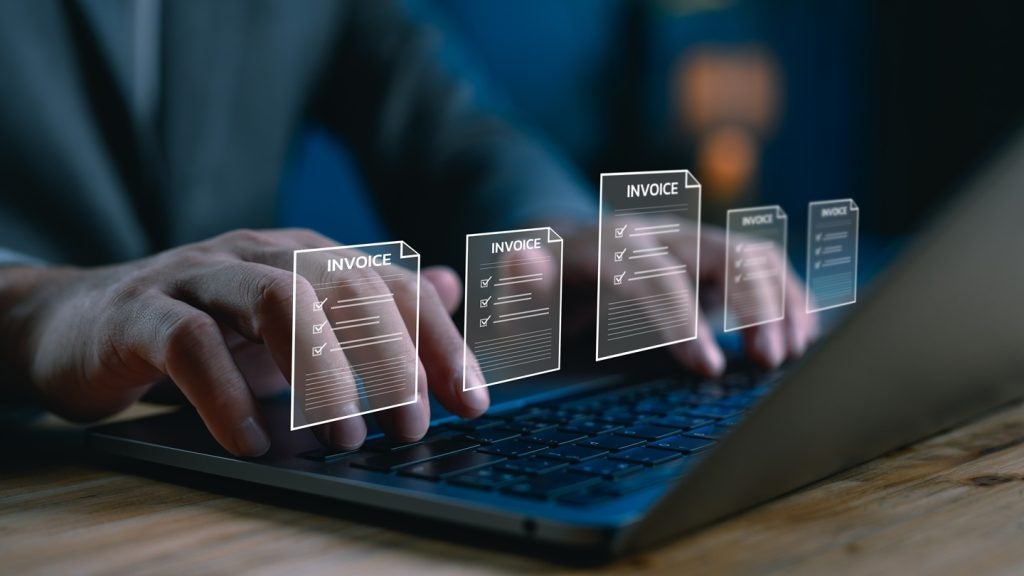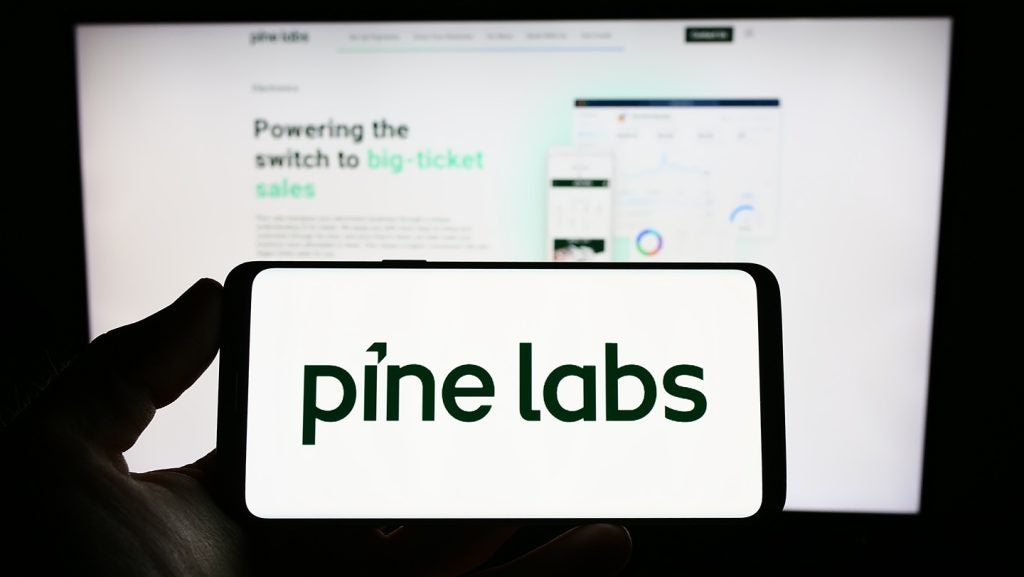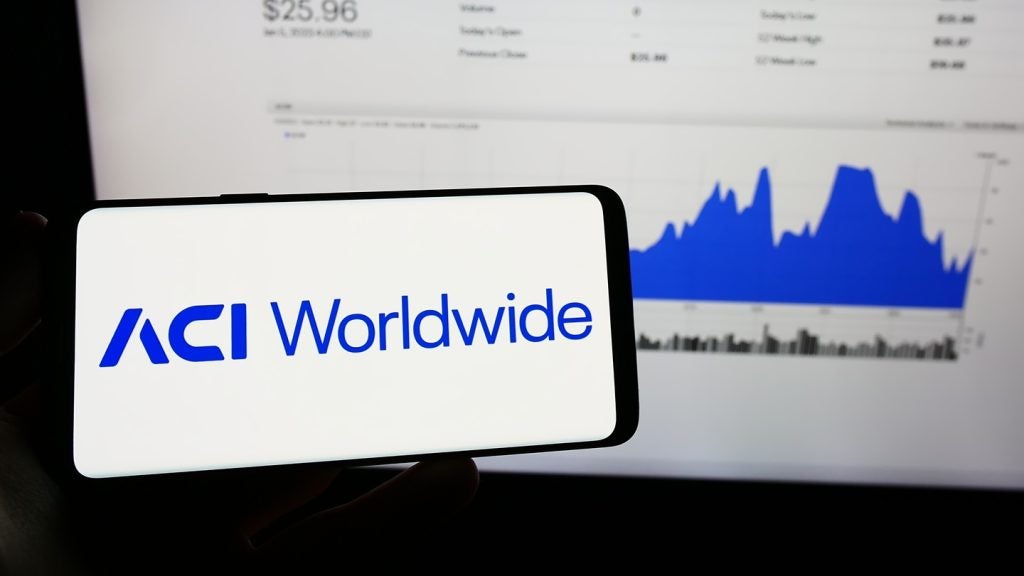Faced with rising identity theft-based fraud, many financial
institutions are deploying complex and expensive counter measures.
However, effective security solutions need not necessarily be
complex or costly, as two experts in the field of biometric voice
identification explained to EPI.

Access deeper industry intelligence
Experience unmatched clarity with a single platform that combines unique data, AI, and human expertise.
The essence of security for financial
institutions is verification of customer identities, a task for
which PINs are being found to be increasingly inadequate.
Adding to financial institutions’ problems,
the downside of many other more effective security solutions being
deployed is negative customer reaction to their complexity and
increased inconvenience.
For banks looking for a simple yet extremely
effective security solution, the answer could well be voice
biometrics which has long been used by other industries to identify
customers accessing their call centres but has not been extensively
deployed by financial institutions.
For banks and other financial companies
seeking a highly effective yet a comparatively low-cost addition to
their security arsenals, it is “almost madness” not to deploy voice
biometrics, says Ian Turner, European general manager of speech and
imaging solutions specialist Nuance.

US Tariffs are shifting - will you react or anticipate?
Don’t let policy changes catch you off guard. Stay proactive with real-time data and expert analysis.
By GlobalDataTurner told EPI that voice biometric
technology has proved itself to be highly effective over many
years, and when used for customer verification in high voice
traffic call centre environments results in automation levels of up
to 90 percent and “huge cost savings”.
US-headquartered Nuance is one of the pioneers
in voice biometrics and today has deployments with more than 200
companies worldwide.
Consumer education
Of key importance for financial
institutions opting for voice biometrics is to seek the right
advice on specific requirements and implementation, stressed
Turner.
Also of crucial importance is to convince
customers, already inundated with technology, of its simplicity, he
added.
Fortunately, the big appeal of voice biometric
security is its simplicity. All it requires of a customer is
phoning an automated call centre is to speak a simple phrase when
prompted. This phrase is then used to verify his or her identity in
no more than one and a half seconds, explained Turner.
Once customers realise how simple and
non-evasive voice biometrics is, most like it and it gains wide
acceptance, he added.
While other forms of biometric identity
verification such as fingerprints and iris scans are used in
certain security applications none are, of course, suited to the
primary means of customer communication, the telephone.
The advent of the mobile phone has also opened
up other uses of voice biometrics in the security arena. For
example, voice biometrics is well suited to form part of a
two-factor security solution in which one leg is a code sent via a
mobile phone and the other voice verification via a call to the
phone.
Australia sets the pace
Turner predicts in the next few
years there will be a “ramp-up” in adoption by banks and other
financial institutions of voice biometrics as part of a multi-layer
security solution.
The first signs of his prediction being
realised are already appearing in Australia, where one of the most
ambitious voice identification projects by a financial institution
was launched in June by National Australia Bank (NAB).
“Our objective is to provide customers with a
more convenient, faster and easy-to-use telephone banking
experience while simultaneously improving identity security,” said
NAB Personal Banking executive general manager Warren Shaw at the
launch.
For deployment of its voice biometrics
service, NAB selected as technology partner Salmat VeCommerce
(SVC), a unit of Salmat, an Australian company with interests
including communications, financial services security and business
process outsourcing and automation. Driving the solution,
VeConnect, is Nuance voice verification technology, noted
Turner.
The rollout by NAB is being undertaken in
phases, explained Brett Feldon, a general manager with SVC.
Ultimately, NAB envisages offering voice identification to its 3.3
million personal banking customers as an alternative to PINs and
passwords.
To use the NAB voice biometric service,
customers are required to enrol by speaking a unique identifier
which is converted to a numerical algorithm and entered into a
database. Enrolment takes about two minutes
Whenever an enrolled customer phones the bank
their voice is compared to those existing in the database to
determine a match using some 100 specific identifiers.
According to SVC, two parameters are used in
its verification solution to assess accuracy: the false reject rate
(FRR), and the false accept rate (FAR). The point at which the FAR
equals the FRR is known as the equal error rate (EER) and the lower
the EER, the more accurate the system is considered to be.
Based on EER, SVC reports achieving accuracy
rates of over 99 percent with voice verification compared with EERs
of 92 percent for fingerprints and 75 percent for face recognition
technologies. Only iris scanning exceeds voice verification
accuracy.
High consumer acceptance
“Acceptance of NAB’s voice
identification service has so far been very positive,” said
Feldon.
In general, he continued, once customers are
made familiar with voice identification the take-up rate is in
excess of 99 percent.
Underscoring Turner’s view on the positive
outlook for voice biometrics, Feldon said he believed indications
point to “a big take-up” of voice identification by financial
institutions. Unlike many other forms of identification security
there is a positive trade off for both banks and customers in terms
of security and convenience, he stressed.
Notably, in Australia, SVC has also recently
completed installation of a VeConnect voice identification solution
for life insurer Aviva Australia which is in the process of being
acquired by NAB.
“Australian financial institutions are leading
in the adoption of voice identification,” said Feldon. “Lots of
other financial institutions worldwide will be watching the
progress made by NAB and Aviva with great interest.”







